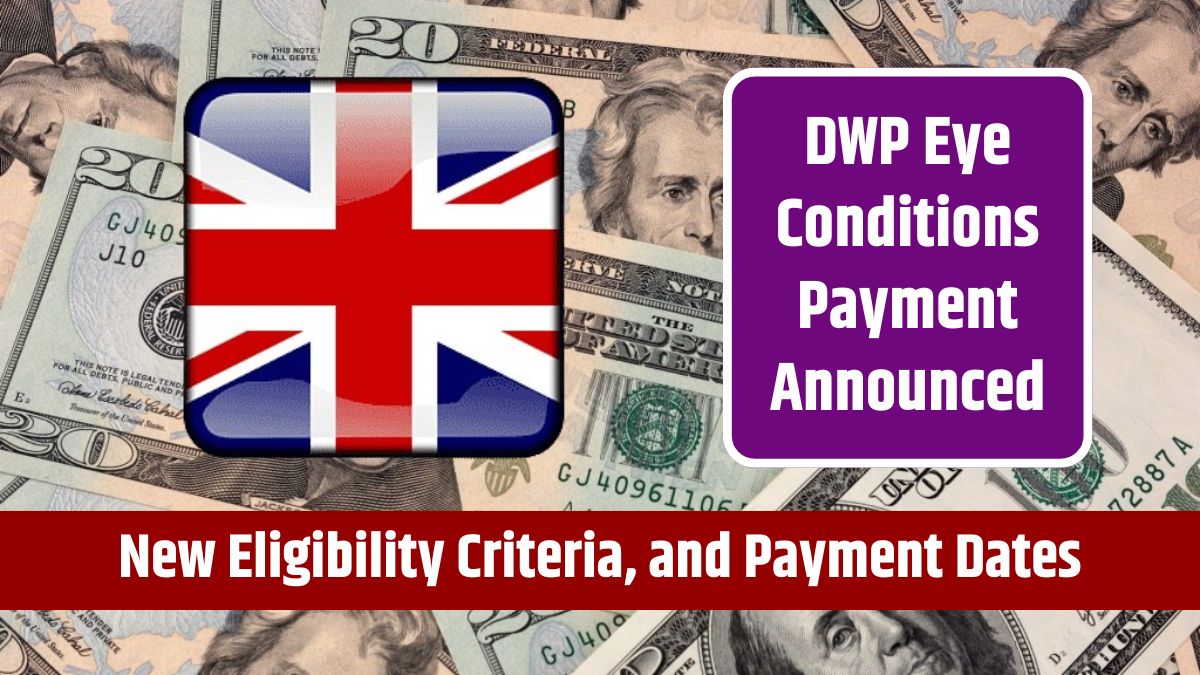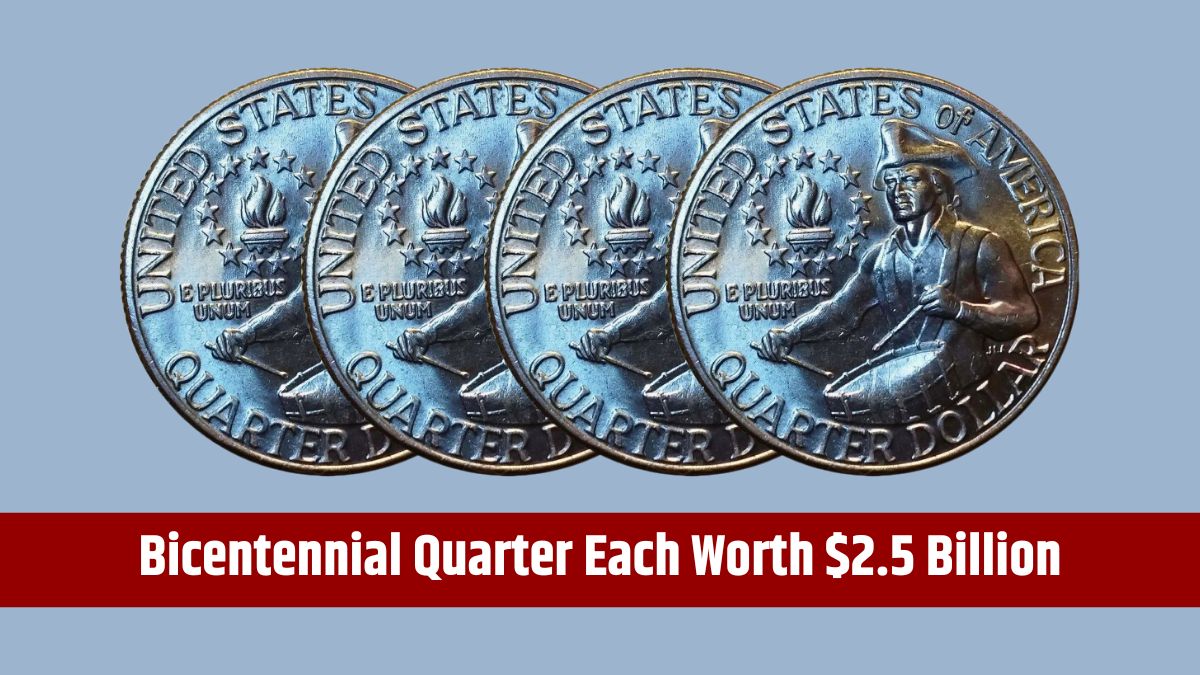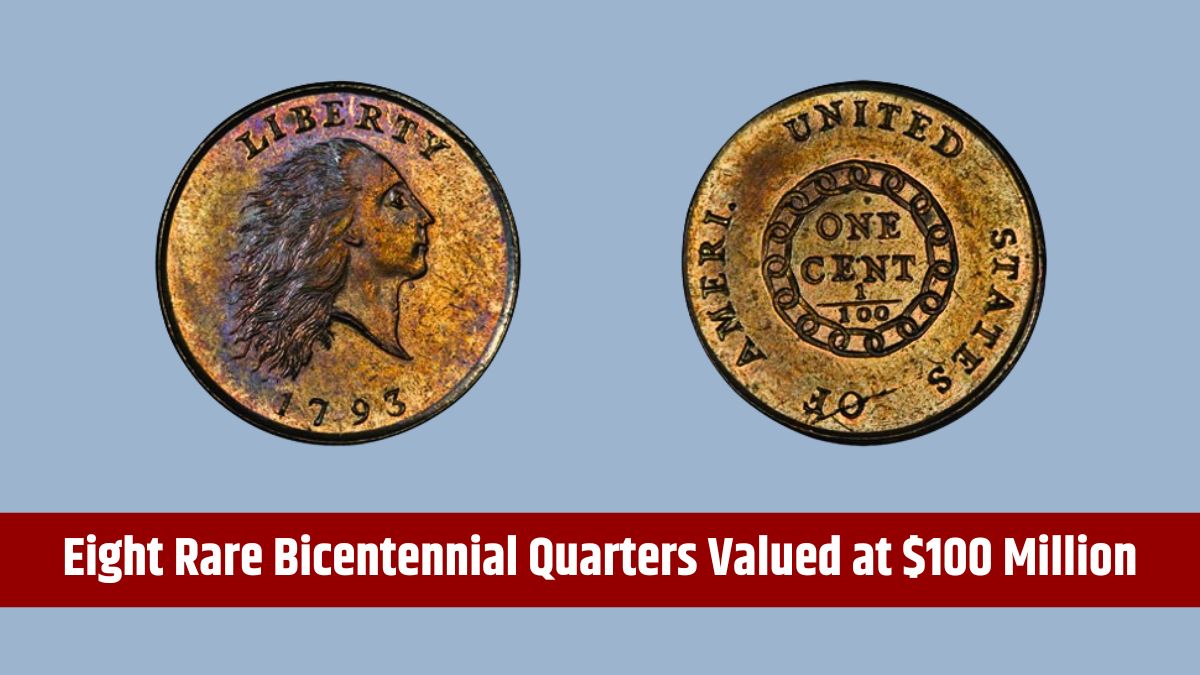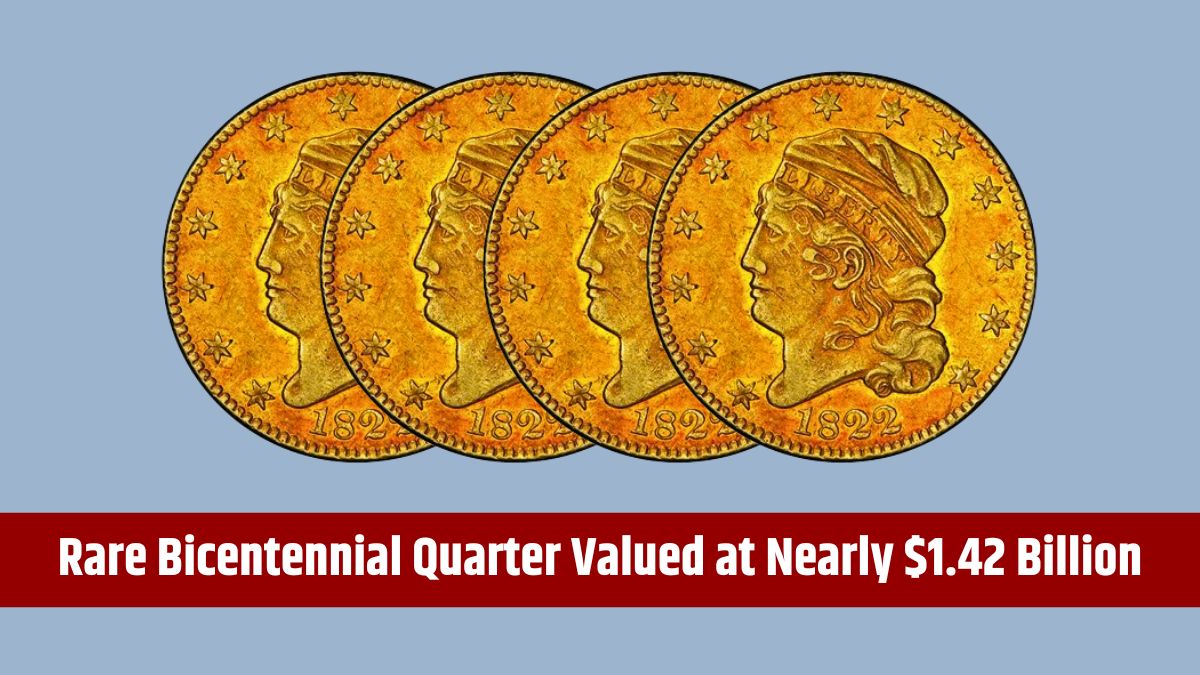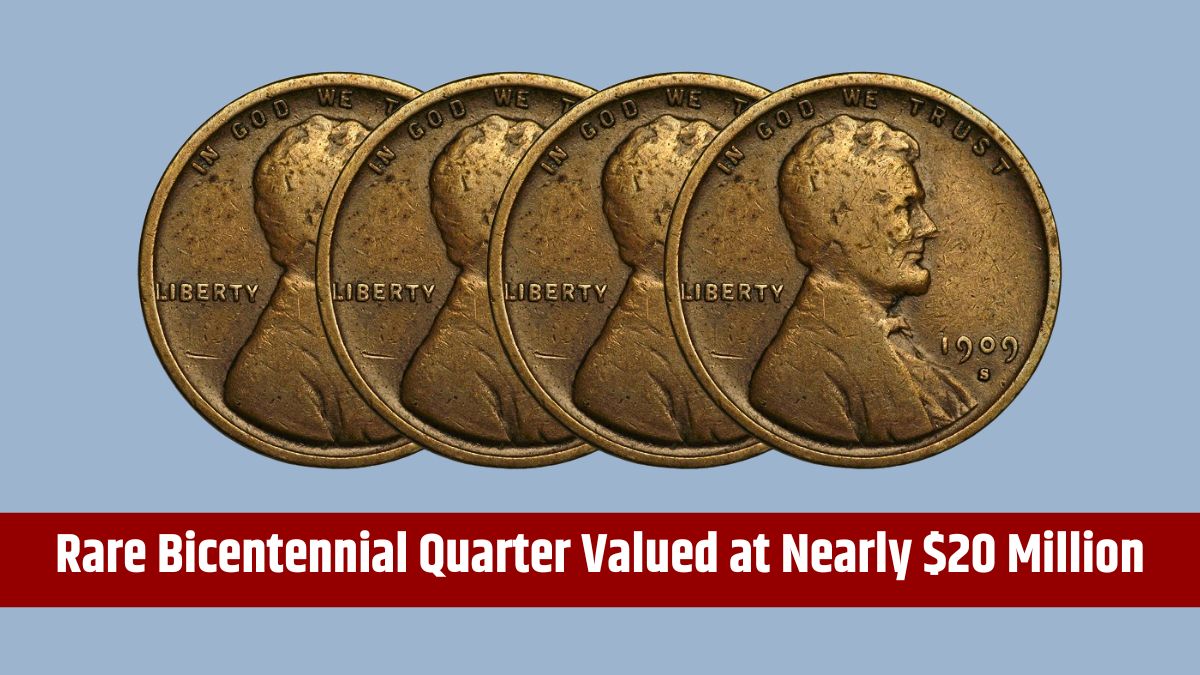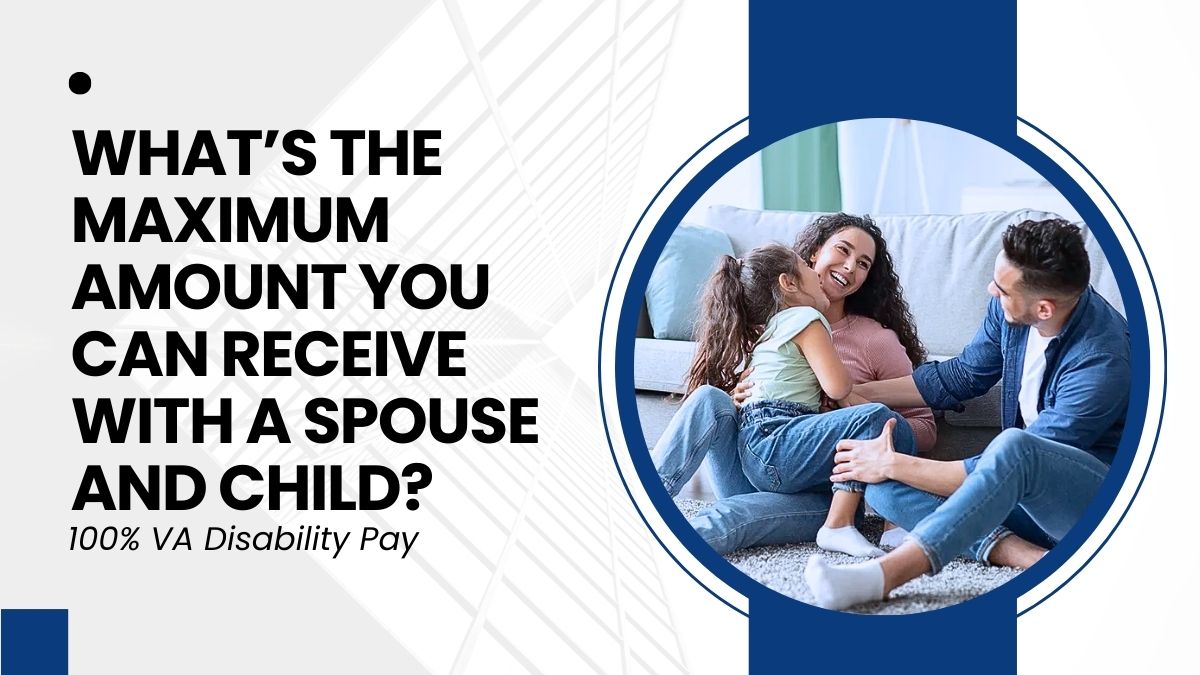The Department for Work and Pensions (DWP) provides financial support for individuals with disabilities, including those affected by eye conditions. While these payments are not specifically for vision loss, they help cover the additional costs associated with daily living challenges that arise from such conditions. This article covers the key details about DWP payments for eye conditions, including eligibility, payment amounts, the claiming process, and important payment dates.
Benefits
The DWP offers two main benefits to help people with disabilities, including those with eye conditions: Personal Independence Payment (PIP) and Attendance Allowance. These benefits are designed to assist individuals based on their level of difficulty in performing everyday tasks, rather than the specific condition they have.
Personal Independence Payment
PIP is for individuals aged 16 to 64 who have long-term health conditions or disabilities, including vision impairments, that impact their daily living or mobility. The amount you receive depends on the severity of your condition and how it affects your ability to carry out everyday tasks.
Attendance Allowance
Attendance Allowance is aimed at individuals aged 65 and over who require assistance with daily living due to a disability, including severe sight loss. Like PIP, the amount awarded is based on the level of care needed rather than the specific medical condition.
Eligibility
The eligibility criteria for DWP payments related to eye conditions vary depending on the benefit:
For PIP:
- Age: You must be between 16 and 64 years old.
- Health: You must have a long-term health condition or disability that significantly affects your daily living activities.
- Residence: You must reside in England, Scotland, or Wales.
For Attendance Allowance:
- Age: You must be aged 65 or over.
- Health: You must need help with daily living due to a disability, such as severe sight loss.
- Residence: You must live in England, Scotland, or Wales.
Meeting these eligibility requirements is essential for receiving financial support from the DWP for eye conditions.
Payment Amount
The amount of financial support you receive from the DWP depends on the benefit you qualify for and the level of difficulty you face with daily tasks.
PIP:
PIP is divided into two components—Daily Living and Mobility. The amount you receive depends on the severity of your condition:
- Daily Living Component:
- Standard rate: £61.85 per week
- Enhanced rate: £89.60 per week
- Mobility Component:
- Standard rate: £23.60 per week
- Enhanced rate: £61.85 per week
The maximum weekly payment for PIP, combining both components, is £151.40.
Attendance Allowance:
Attendance Allowance also has two payment levels, depending on the level of assistance required:
- Lower rate: £68.10 per week (for those needing help either during the day or night)
- Higher rate: £101.75 per week (for those needing help both during the day and night)
Claiming Process
Claiming DWP payments for eye conditions involves several steps. Here’s a simple guide to help you navigate the process:
- Collect Medical Evidence: Gather all relevant medical documentation that details your eye condition, the severity of vision loss, and how it affects your daily activities.
- Obtain the Application Form: You can request a paper form by contacting the DWP at 0800 917 2222 or visit their website to access the form.
- Complete the Form: Fill in your personal details and answer questions about your daily living activities, such as dressing, washing, eating, and moving around.
- Submit Your Application: Send your completed form along with the required medical evidence to the DWP.
- Assessment: A healthcare professional appointed by the DWP will assess your needs. This may include a phone interview, a face-to-face assessment, or a home visit.
- Receive Notification: After the assessment, you will receive a written decision from the DWP detailing the outcome of your claim.
Payment Dates
DWP payments for eye conditions are typically made on a regular schedule, but the exact dates depend on the program you are enrolled in and your eligibility. Payment dates are usually consistent, with funds deposited into your bank account or sent via other preferred payment methods.
Staying informed about your payment schedule is essential, so regularly check the DWP website or contact their office for any updates or changes to payment dates.
The DWP provides crucial financial support for individuals with eye conditions, helping them manage the additional costs associated with their disabilities. Knowing the eligibility criteria, payment amounts, and the claiming process is essential to ensure you receive the assistance you need. By following the steps outlined and staying up-to-date with DWP communications, you can effectively navigate the system and secure the support you deserve.
FAQs
What is the DWP payment for eye conditions?
It is financial support for those with disabilities, including vision loss.
Who can apply for PIP?
People aged 16 to 64 with long-term health conditions affecting daily life.
How much can I get from Attendance Allowance?
Weekly payments range from £68.10 to £101.75.
How do I claim DWP benefits?
Gather medical evidence, complete the form, and submit it to DWP.
When are DWP payments made?
Payment dates vary; check the DWP website for details.

